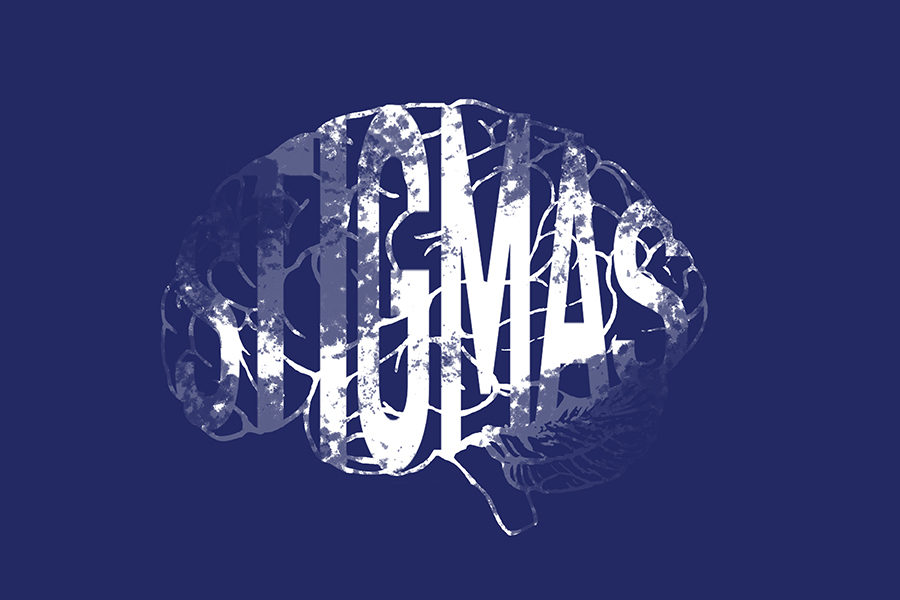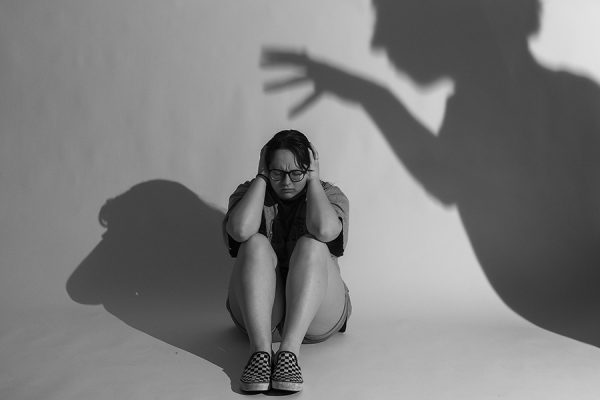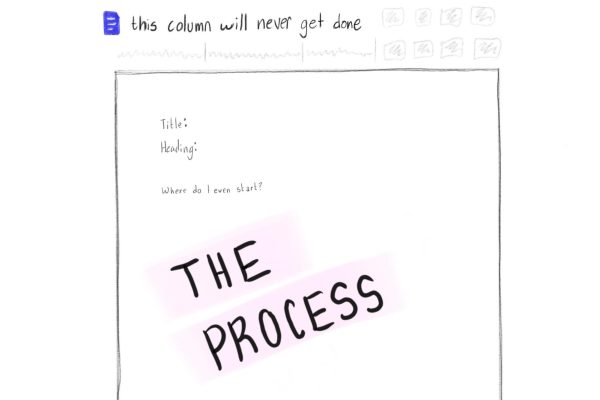Editorial: Eroding the stigmas
Mental health needs to be prioritized
“Organizations fight to erode the stigma around mental issues, such as ideas that people with those conditions are faking it to them being physically dangerous at all times.”
Suicide prevention and “How To Deal With Stress” lessons can evoke a groan from any classroom full of students. Techniques to relieve depression and anxiety have been stuffed down their throats ever since they could grasp the idea of mental illnesses. While it may come from a kind heart, the lessons are written by someone who doesn’t seem to comprehend how to treat anything other than physical pain.
Cheesy lessons and tip line cards don’t impact a teenager’s willfulness to reach out and seek help for issues they have. Suicide is one of the leading causes of death for teenagers and young adults, so clearly not enough is being done to help our mentally ill youth. The CDC also stated that more teens died because of suicide than car accidents in 2013.
From the early 1600s, mentally ill people or anyone considered “insane” were treated on the same level of criminals during that time. They were cooped up in conditions which would diminish the sanity of even the mentally healthy, chained up and condemned to darkness.
Now in the 21st century, treatment still isn’t on par with treatments for physical conditions. Medical procedures meant to “fix” the mentally ill, such as lobotomies and “electro-shock therapy,” were popular, along with medications that made patients feel like zombies. Fortunately, fewer patients are treated in unhealthy conditions.
Higher quality medications and therapy techniques increase over the decades while organizations fight to erode the stigma around mental issues, such as ideas that people with those conditions are faking it to them being physically dangerous at all times.
Support can go a long way in any crisis. Parents or other figures write off mental illnesses as phases in young kids and teens, not understanding it’s something people can’t grow out of. Yes, they can learn to cope and treat the symptoms, but it stays. Treating mental illnesses early on not only makes adulthood easier, but it also prevents the development of bad habits.
Schools can be an amazing place to provide mental health help. With students spending six to seven hours there, teachers and counselors can give adequate advice and steps to cope better. Teens tend to not speak up on issues like these and it leaves the parents or adult figures around the kids to speak up. If their illnesses go untreated, they can snowball which decreases their likelihood of success and can increase the chances of suicude, homicide, substance addictions and/or disruptive behavior.
Suicide prevention slideshows and helpful tips definitey do help. At a young age, it can shine light on topics children haven’t thought about. But as kids turn into young adults, the lessons and methods must change. High schoolers aren’t encouraged to reach out and get help. People around them need to recognize if they’re falling behind in any aspect.
Depression, anxiety and several other mental conditions should be treated with the same urgency as broken bones. Schools should take mental illnesses more seriously and fine-tune their awareness and treatment plans to better suit students’ needs.


















